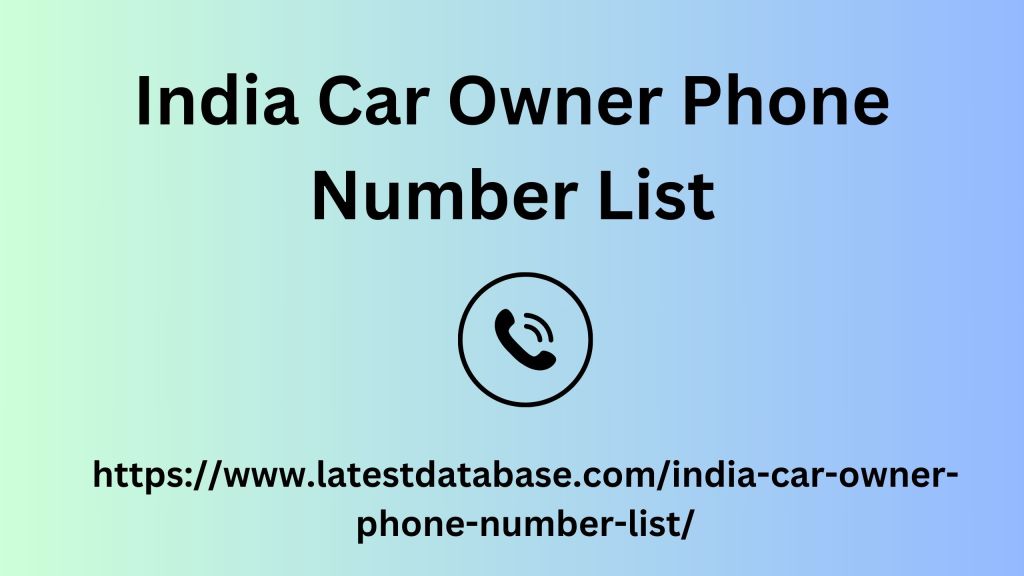|
|
If you follow the tips mentioned and test what works well with users, nothing can actually go wrong. However, you are doing your site visitors and yourself a favor: Users can orientate themselves better on your website, find further information without having to search for it and engage with your content and products in more detail. Here is an overview of all the tips: Formulation: Pay attention to the context: What situation is the user in – does he want to buy or is he more looking for information? Uses clear, targeted phrasing and active verbs Strengthen the impact of the CTA by conveying urgency or relying on social proof Your CTA should never be longer than two sentences.
The shorter the better! Give the user the choice: Non-binding is usually better received than India Car Owner Phone Number List patronizing CTA button: Rely on color contrasts – the button should stand out well from the page! Combining the call-to-action with an image often works well. The button must be in the visible area. After long landing pages or product texts, it is a good idea to include the CTA button again at the end of the page. Leave enough (white) space around the button so that it can look better. The button needs to be big enough to stand out, but shouldn't be too intrusive. Mobile users will thank you if the CTA button is large enough to easily tap.
B
With this in mind: Create calls to action! And shows users the way to Wonderland By the way: Next time I'll present you with a whole series of well-crafted call-to-action examples - from the landing page to email marketing to the ordering process. Would you like to have your website completely examined? Then request a UX & usability analysis .Everyone now agrees that user signals are important for a good ranking on Google. But what can Google actually measure? Which signals actually make sense? The click rate, dwell time and short clicks are not always the case.
|
|